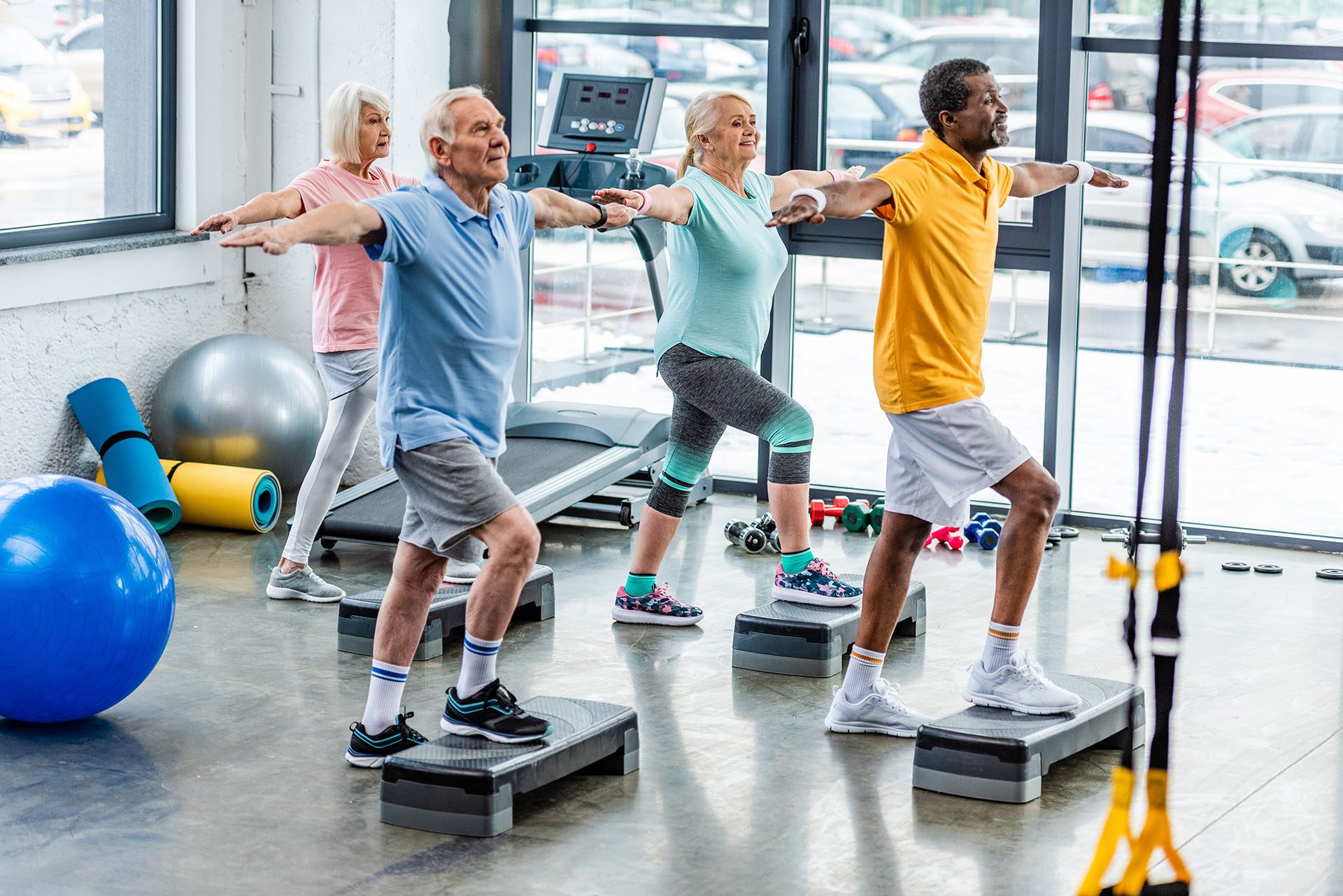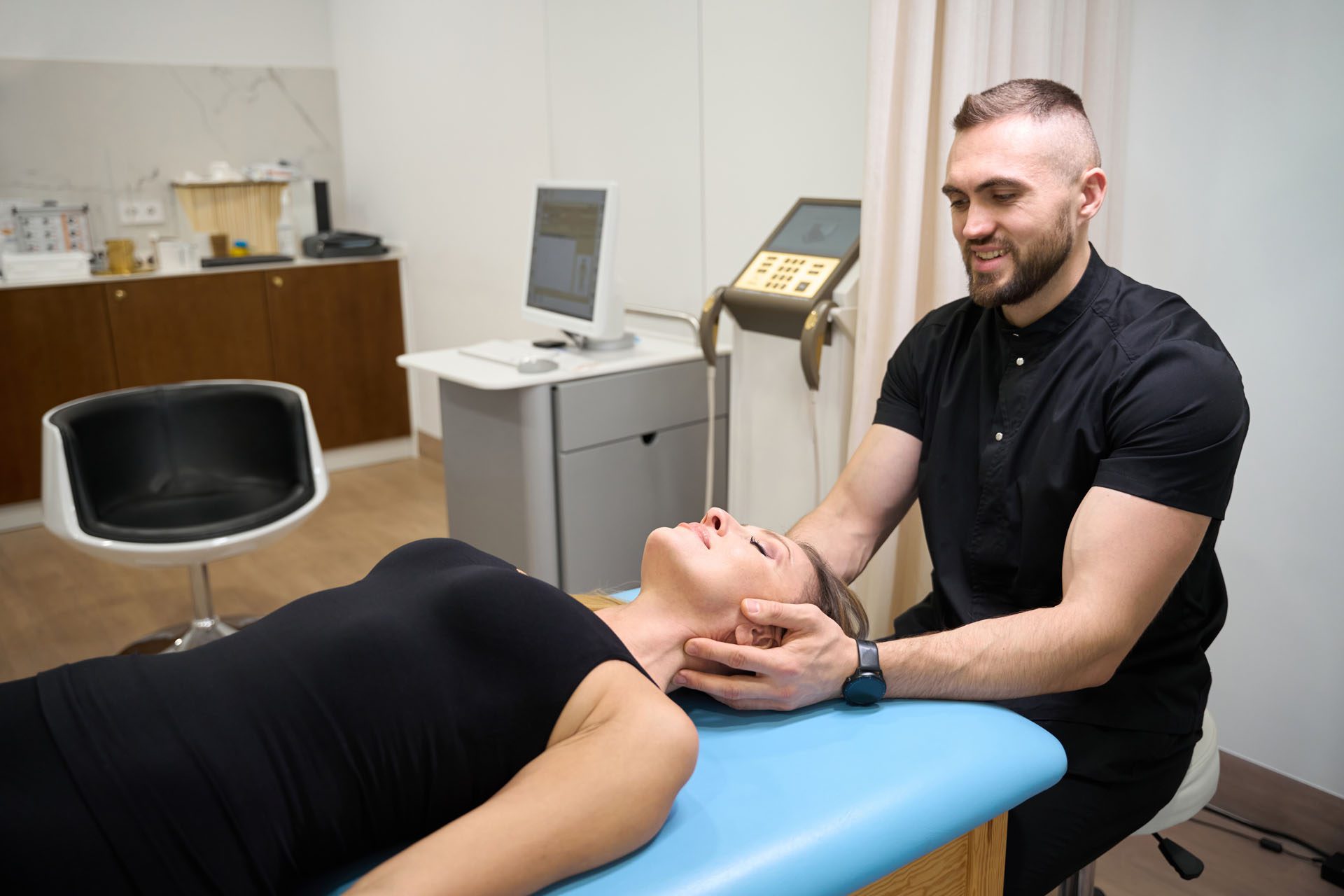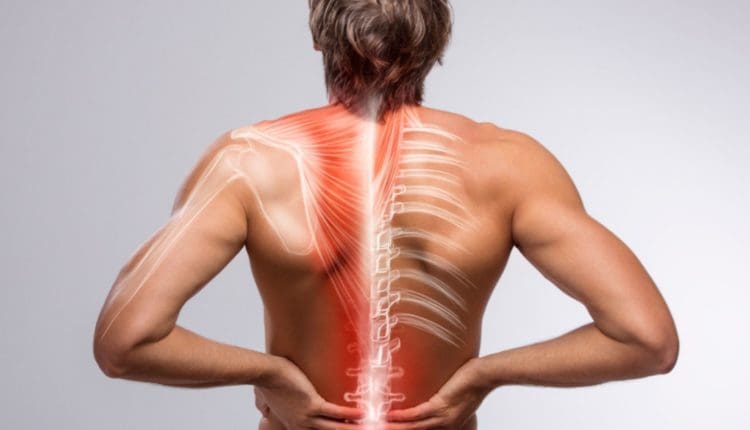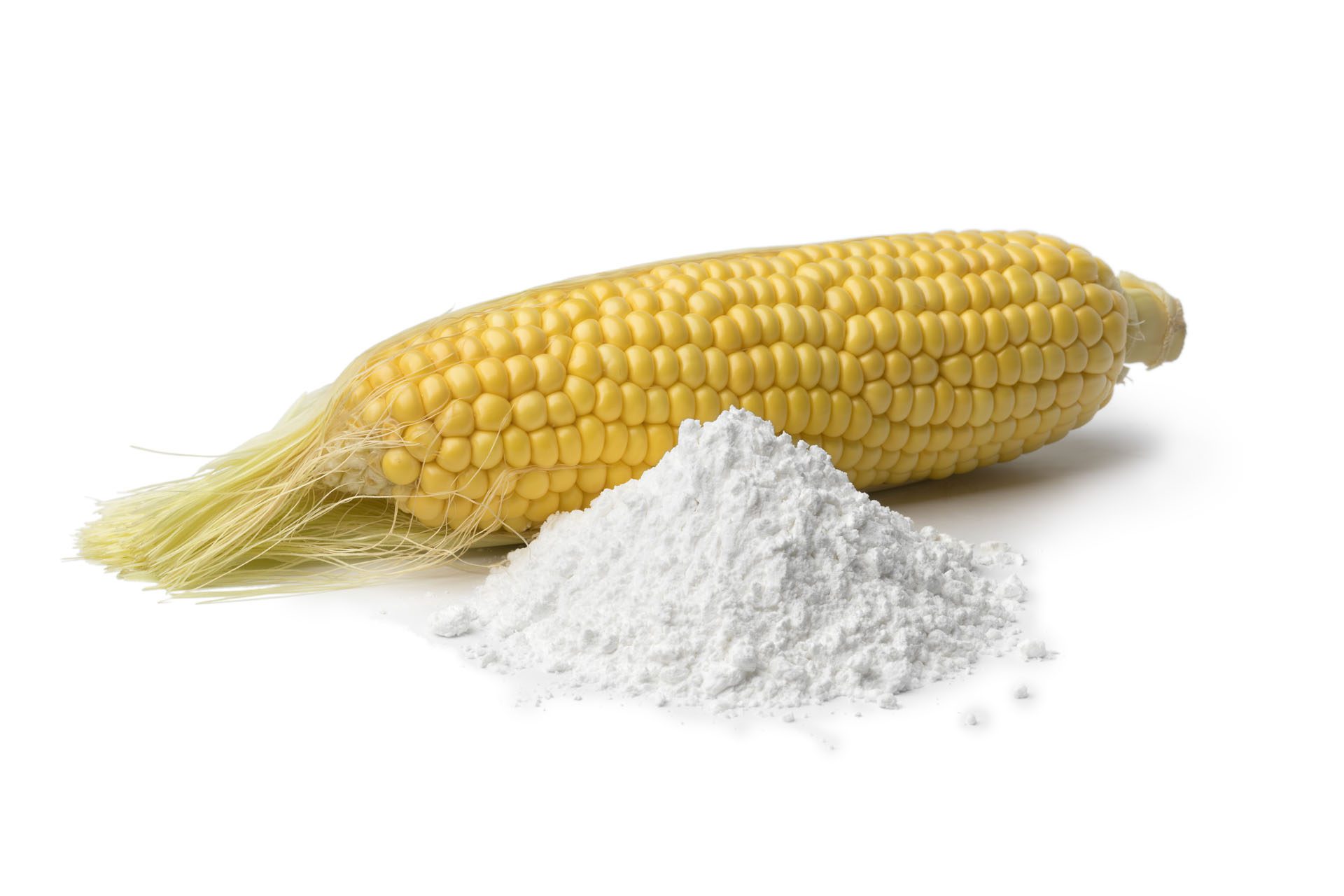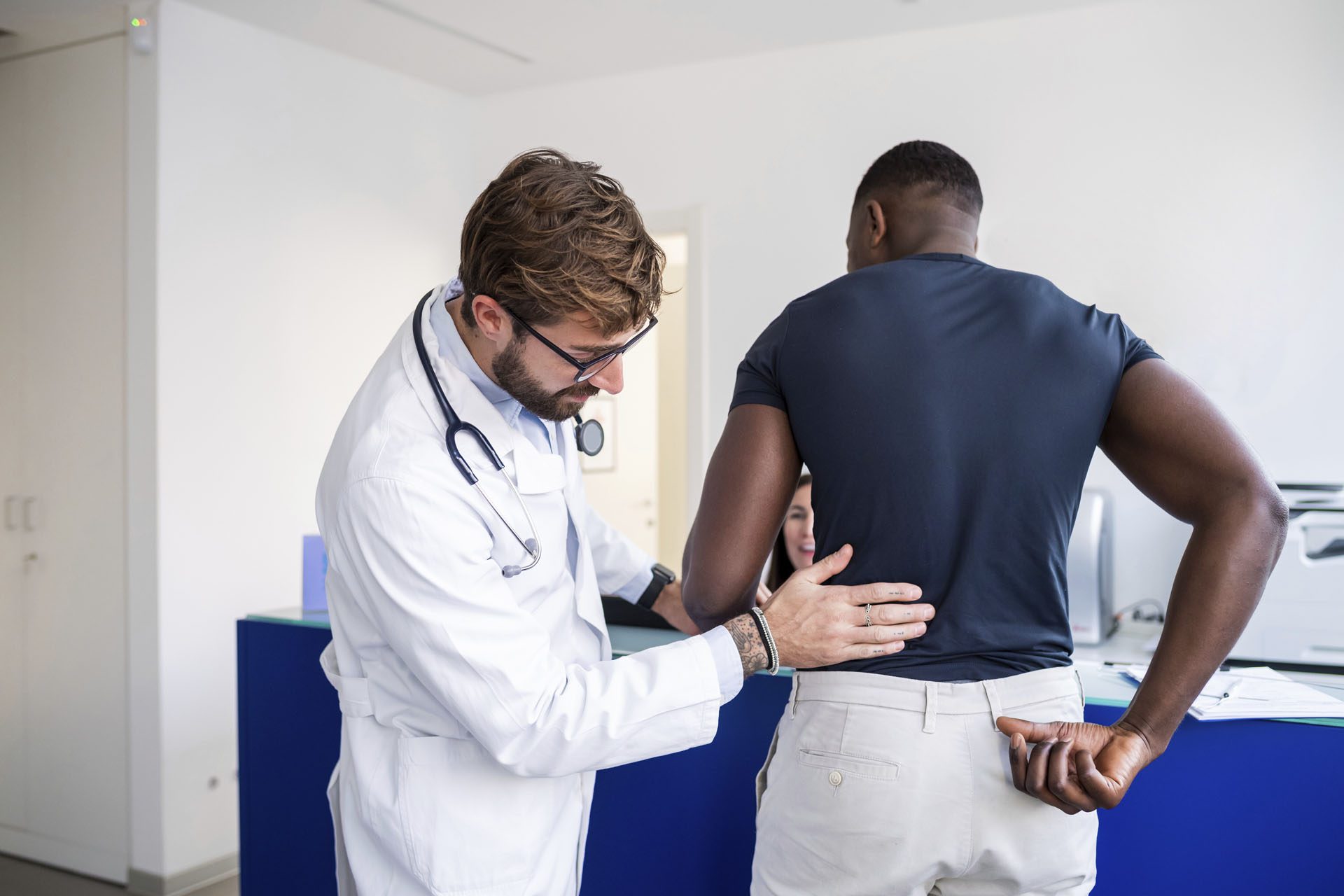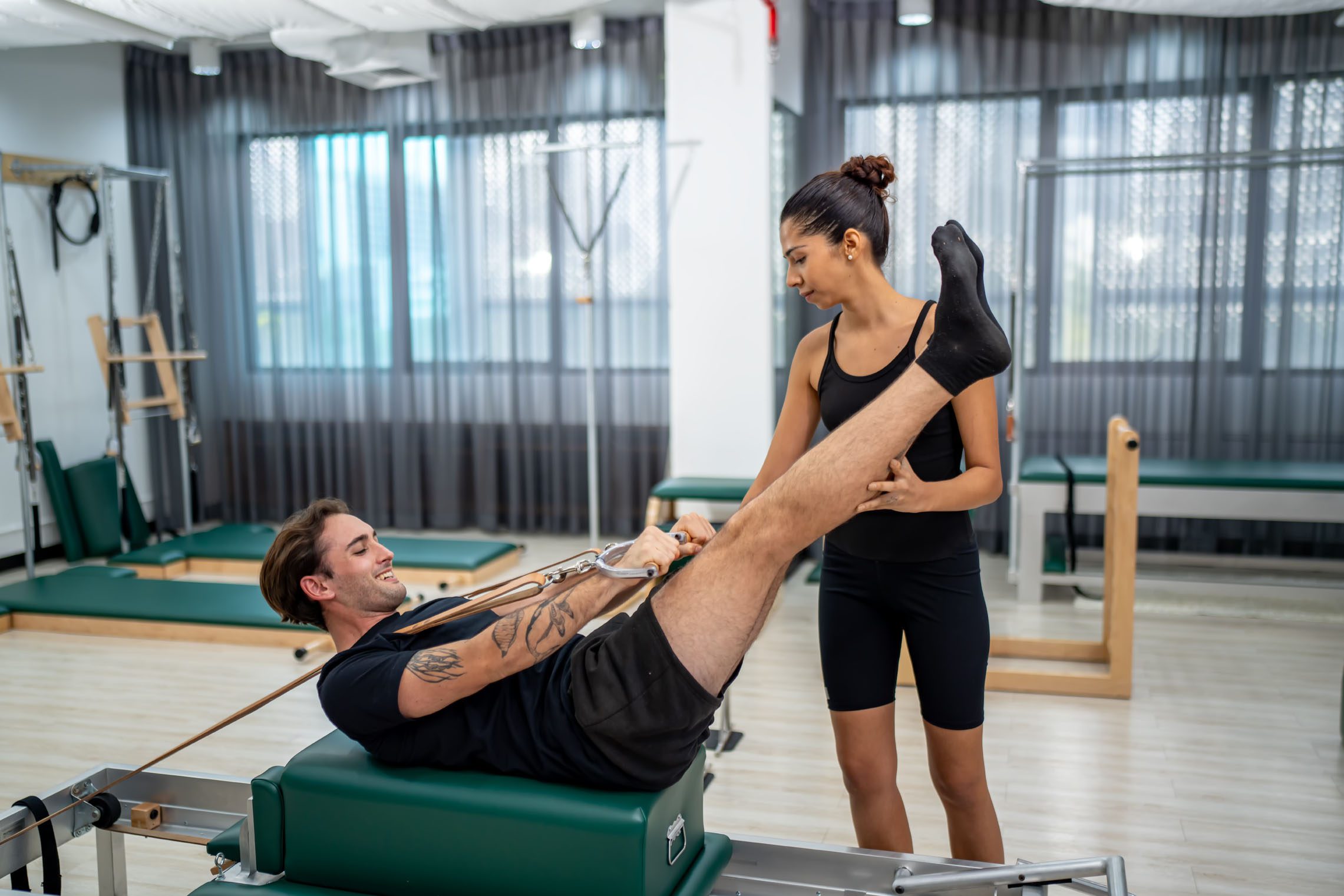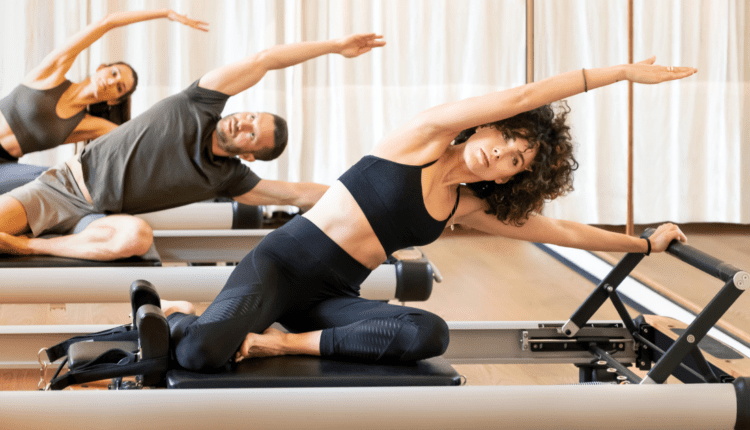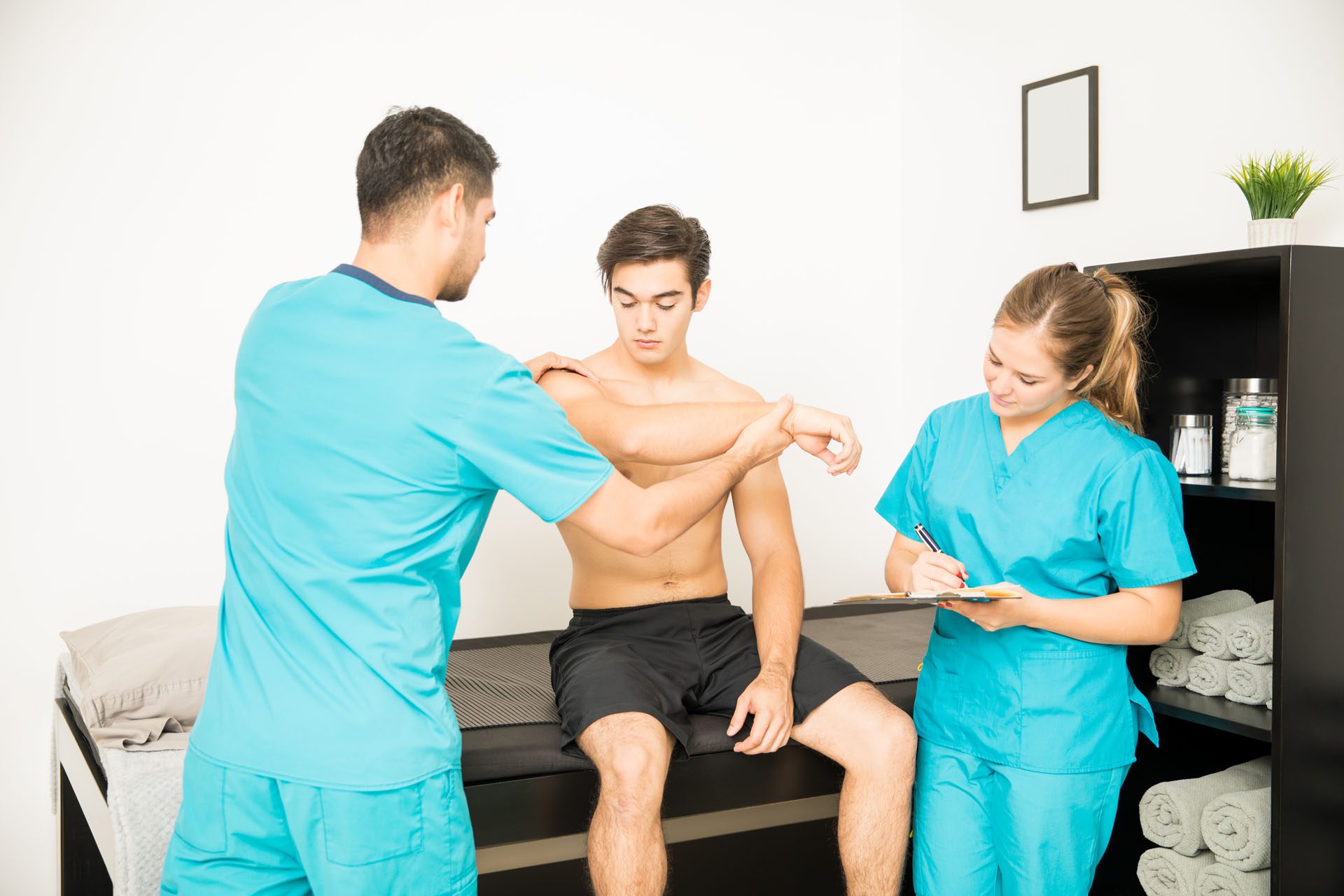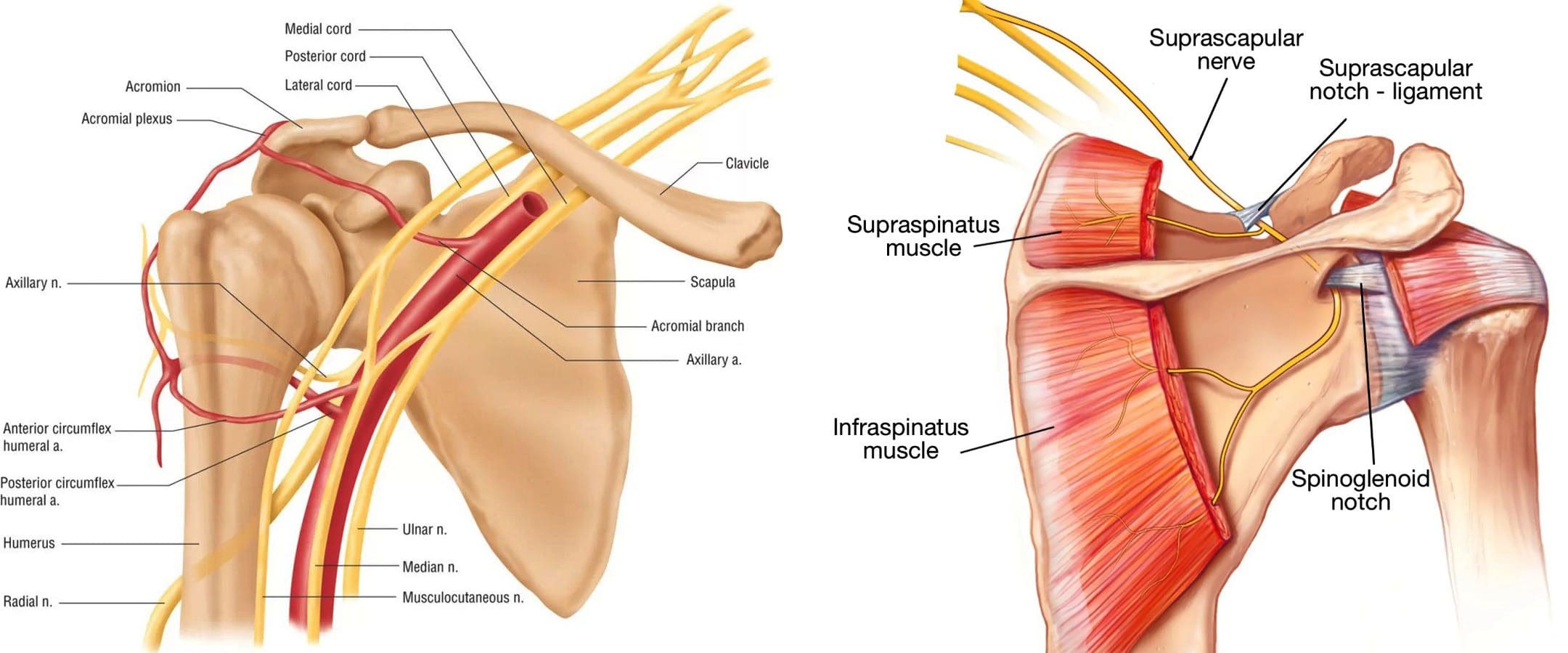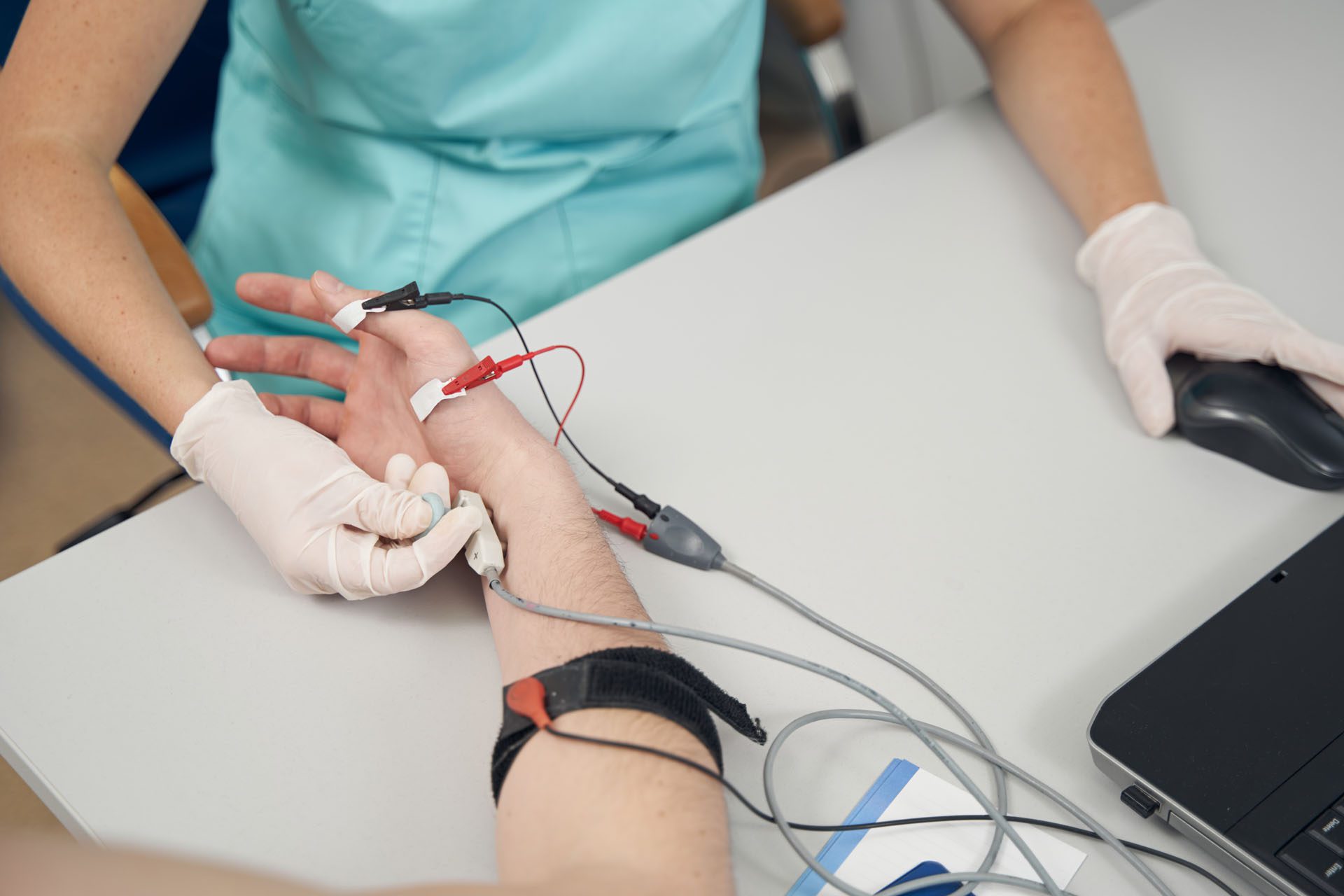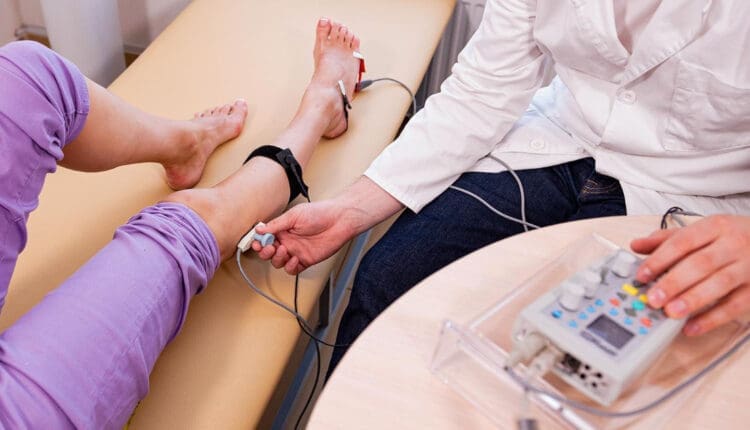Exercise and Dementia: Key to Cognitive Health
To what extent can regular exercise contribute to the overall health of elderly individuals and reduce the likelihood of developing dementia?
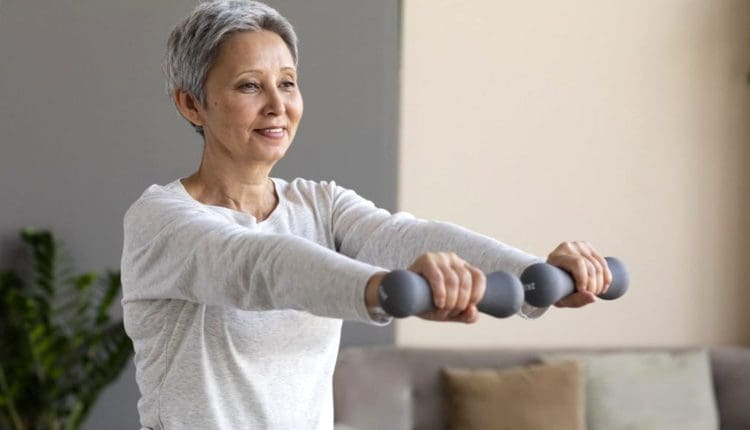
Dementia Prevention and Exercise
Dementia is a term that refers to various diseases that impede memory and cognition, and it is presently the seventh most common cause of death worldwide. (World Health Organization, 2025) Approximately 10 million new cases of dementia are diagnosed annually on a global scale. (Yoon J.H. et al., 2023) A study investigating the correlation between insulin and exercise in the brain discovered that consistent physical activity may enhance brain function and reduce the likelihood of developing dementia. Researchers have discovered that factors such as.
- High blood pressure
- High blood sugar
- Age
- The risk of developing dementia is increased. (World Health Organization, 2025)
Exercise and stretching are necessary. Muscle rigidity impairs insulin’s ability to work in those who don’t exercise. The body enhances insulin sensitivity by contracting and releasing those muscles in response to movement. Dementia prevention efforts might benefit from identifying mechanisms that lower insulin resistance.
Physical Activity and Reduced Risk
After observing 21 older individuals with prediabetes for two weeks, the researchers discovered that physical activity assists the brain in regulating insulin, directly improving cognitive function. Under supervision, they completed twelve exercise sessions that ranged from moderate to high intensity. (Malin S. K. et al., 2025)
- The findings show a notable rise in the number of extracellular vesicles produced from the brain that contain insulin-related proteins.
- These micro-messengers ensure that neurons can communicate with one another and play an essential part in maintaining the brain.
- AKT (also known as protein kinase B or PKB) comprises three specific protein kinases that are important for many body functions, such as keeping cells alive, helping them grow, managing metabolism, and controlling the cell cycle.
- The protein is considered a significant factor in insulin signaling and has ramifications for neuronal cell growth and health.
- Inadequate insulin response may contribute to dementia. Hence, it is noteworthy that exercise could mitigate this by potentially enhancing insulin signaling.
Although further investigation is necessary, these results underscore that physical activity may be an accessible, cost-effective method to promote long-term cognitive health. In the subsequent phase of the investigation, researchers will employ an insulin spray and MRIs to gain further insight into insulin’s impact on brain activity. They will analyze cerebral blood circulation before and during the administration of the insulin spray to elucidate its effects.
Insulin, Exercise, and Brain Health
Insulin is a hormone synthesized by the pancreas that regulates blood glucose levels. Nonetheless, insulin’s significance in cerebral health is equally crucial. The brain’s abundance of insulin receptors facilitates neuronal communication, enhances synaptic connections upon insulin binding, and promotes memory and learning. (Gray, S. M., Meijer, R. I., & Barrett, E. J. 2014)
Impaired insulin signaling, as observed in situations such as type 2 diabetes, renders the brain more susceptible to cognitive deterioration. (Yoon J.H. et al., 2023) Research indicates that insulin resistance plays a role in the accumulation of amyloid-beta plaques and tau tangles, which are fundamental features of Alzheimer’s disease. (Hong, S., Han, K., & Park, C. Y. 2021) Enhancing insulin sensitivity may mitigate or avert these cerebral alterations. Aerobic exercise positively influences total brain health. Prior research has demonstrated that physical activity improves or sustains adult cognitive function and memory. (Rosenberg A. et al., 2020) Other ways to increase brain health include
- Staying socially engaged
- Challenging the mind
- Getting plenty of sleep
- Managing Stress
- Healthy diet
- Staying physically active
- Diabetes management
- Blood pressure management
The future of dementia prevention will likely entail a synthesis of lifestyle modifications, including physical activity and pharmacological treatments, to achieve the most significant impact. Consistent physical activity may substantially diminish the likelihood of dementia in adults with prediabetes or diabetes and support normal cognitive function.
Clinic for Chiropractic Care and Functional Medicine
Family Practice Nurse Practitioner Dr. Jimenez integrates sophisticated medical proficiency with chiropractic treatment to manage diverse illnesses. Our clinic combines Functional Medicine, Acupuncture, Electro-Acupuncture, and Sports Medicine to develop tailored care plans that enhance natural healing, mobility, and sustained wellness. By emphasizing flexibility, agility, and strength, we enable patients to flourish, irrespective of age or health obstacles. At El Paso’s Chiropractic Rehabilitation Clinic & Integrated Medicine Center, we dedicate ourselves to treating individuals recovering from injuries and chronic pain disorders. We enhance your capabilities through flexibility, mobility, and agility programs customized for various age demographics and disabilities. We employ in-person and virtual health coaching and comprehensive care plans to guarantee tailored care and optimal wellness outcomes for each patient.
Is Motion Key to Healing?
References
World Health Organization. (2025). “Dementia.” World Health Organization. from https://www.who.int/news-room/fact sheets/detail/dementia#:~:text=Alzheimer%20disease%20is%20the%20most,60%E2%80%9370%25%20of%20cases.
Yoon, J. H., Hwang, J., Son, S. U., Choi, J., You, S. W., Park, H., Cha, S. Y., & Maeng, S. (2023). How Can Insulin Resistance Cause Alzheimer’s Disease?. International Journal of Molecular Sciences, 24(4), 3506. https://doi.org/10.3390/ijms24043506
Malin, S. K., Battillo, D. J., Beeri, M. S., Mustapic, M., Delgado-Peraza, F., & Kapogiannis, D. (2025). Two weeks of exercise alters neuronal extracellular vesicle insulin signaling proteins and pro-BDNF in older adults with prediabetes. Aging cell, 24(1), e14369. https://doi.org/10.1111/acel.14369
Gray, S. M., Meijer, R. I., & Barrett, E. J. (2014). Insulin regulates brain function, but how does it get there?. Diabetes, 63(12), 3992–3997. https://doi.org/10.2337/db14-0340
Hong, S., Han, K., & Park, C. Y. (2021). The insulin resistance by triglyceride glucose index and risk for dementia: population-based study. Alzheimer’s research & therapy, 13(1), 9. https://doi.org/10.1186/s13195-020-00758-4
Rosenberg, A., Mangialasche, F., Ngandu, T., Solomon, A., & Kivipelto, M. (2020). Multidomain Interventions to Prevent Cognitive Impairment, Alzheimer’s Disease, and Dementia: From FINGER to World-Wide FINGERS. The Journal of Prevention of Alzheimer’s disease, 7(1), 29–36. https://doi.org/10.14283/jpad.2019.41

